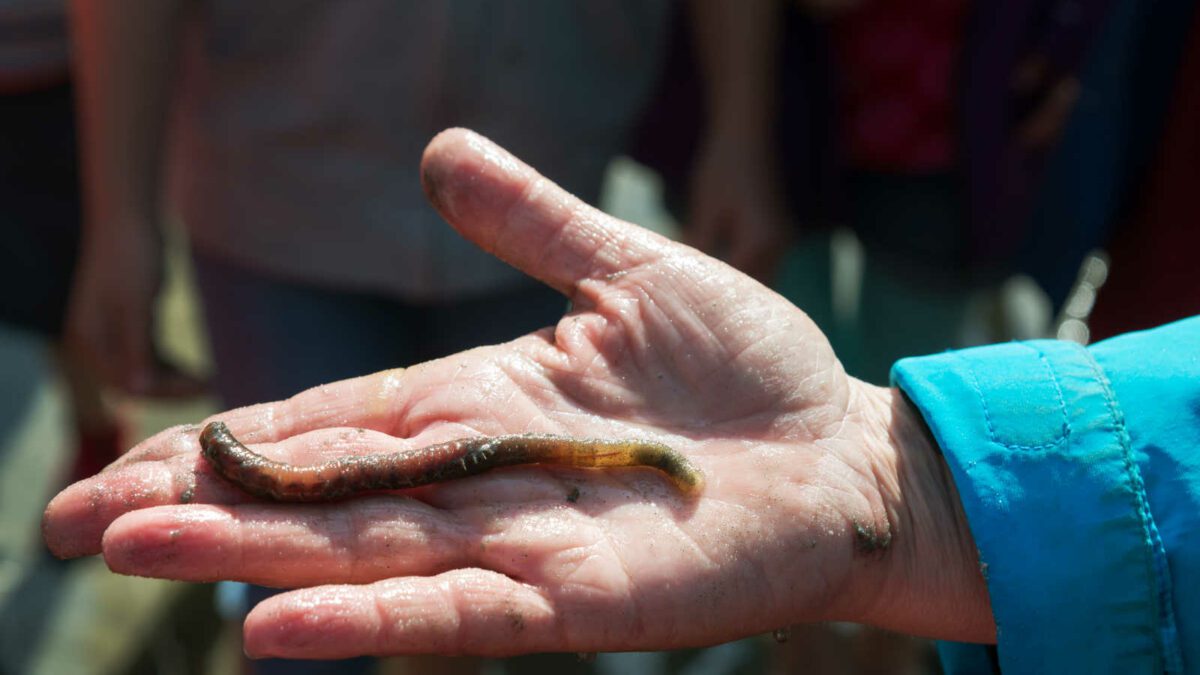Worm blood might be the latest form of doping in the pro peloton
Marine biologist unveils potential new performance-enhancing method
 Photo by:
Getty Images
Photo by:
Getty Images
A recent revelation suggests that blood extracted from lugworms, also known as sandworms, commonly used as fishing bait, might be the latest performance-enhancing method in professional cycling. According to a report in L’Équipe, the hemoglobin extracted from them is known for its exceptional oxygen-carrying capabilities. The French paper reported that the creator of this technique was approached in 2020 by a well-known Tour de France rider seeking to use the product.
Universal blood subsitute
Dr. Franck Zal, founder of the company Hemarina, has used the worm blood to create a “universal blood substitute” that can apparently carry 40 times more oxygen than conventional human hemoglobin due to its smaller size than other red blood cells. It can also be stored at room temperature, eliminating the need for freezing, making it easy to transport.
Additionally, this hemoglobin is compatible with all blood types, does not elevate hematocrit levels, and does not induce high blood pressure, unlike bovine or human hemoglobin. Right away, Zal knew that the hemoglobin could also be used for doping.
Ideal for doping
“I understood very early on that it could be diverted. We had several direct requests from athletes who wanted to know how to obtain the substance. I also learned of its possible administration to racehorses,” he said. He was contacted by the famous cyclist in July 2020. The rider was getting ready for races later in the COVID-19 shortened season. The scientist immediately contacted French authorities.
“I asked them what to do, they replied: ‘Make him talk, we want to see if there is a network,’” he said. “We had around ten exchanges of emails, but at some point, I told myself that it was their job, not mine.”
Doping agencies aware
Zal is not the only one concerned about the abuse of worm blood in the pro peloton.
“Lugworm hemoglobin works very quickly in the body after injection, but it also has a very short lifespan,” Adeline Molina of the L’Agence française de lutte contre le dopage (AFLD) told L’Équipe. “This is a product to look for in competition. But it is visible in a blood test. Even though clinical approval for in vivo use as an oxygen carrier is still missing, a graft preservative for transplant procedures containing lugworm Hb as an active ingredient (M101) has recently obtained the CE marking, allowing its marketing as a medical device for ex vivo usage in Europe. It makes the drug readily available for cheating athletes.”
No positives yet
The World Anti-Doping Agency (WADA) is also cognizant of rumors about this new form of doping.
“There was a very rapid understanding of this substance and its risks for doping purposes. We bought the product and put it in the hands of the anti-doping laboratories. If this substance had been found in an athlete, we would have made it public,” Professor Olivier Rabin, scientific director of WADA, said. “I can’t guarantee that this hasn’t happened somewhere in the world. But to my knowledge, this is not the case.”
